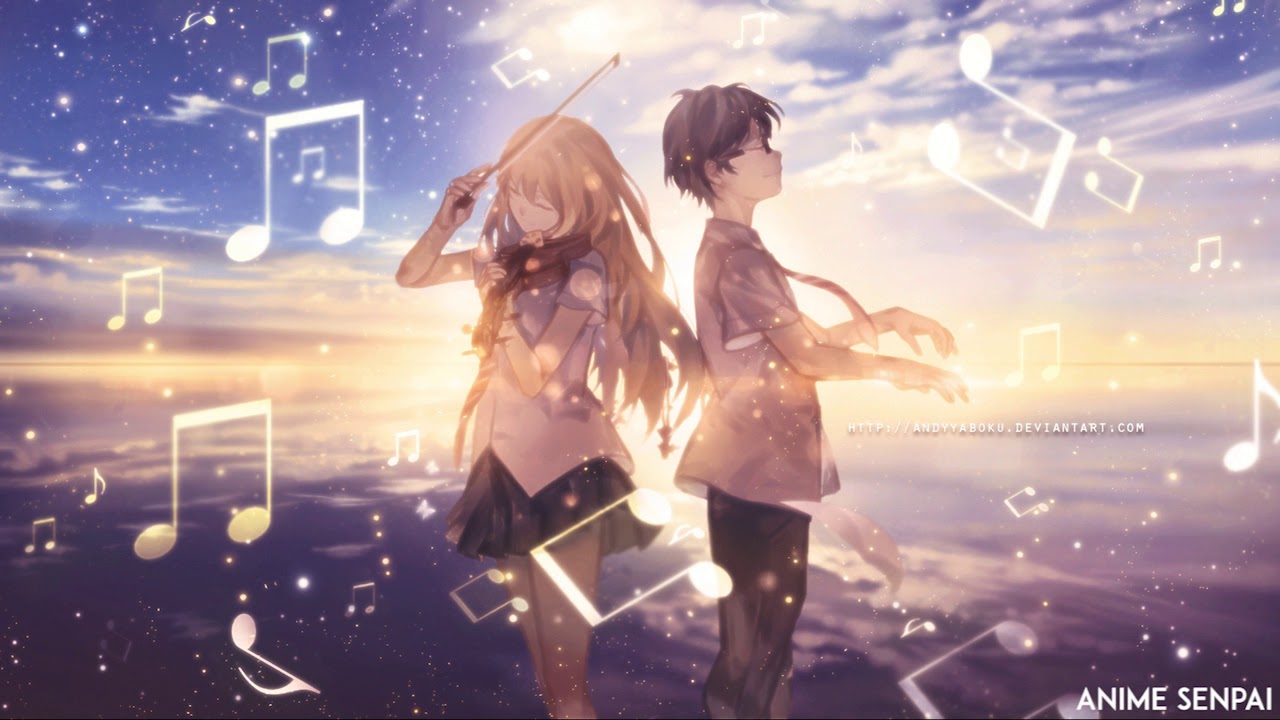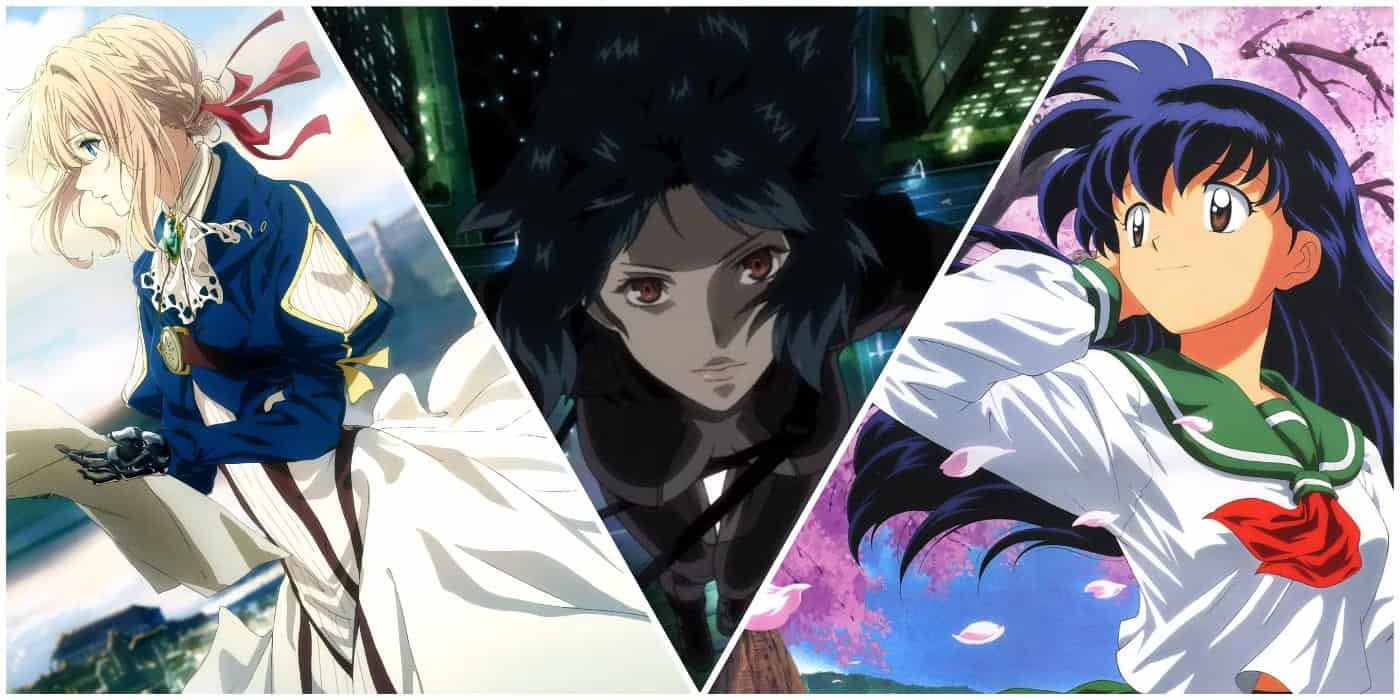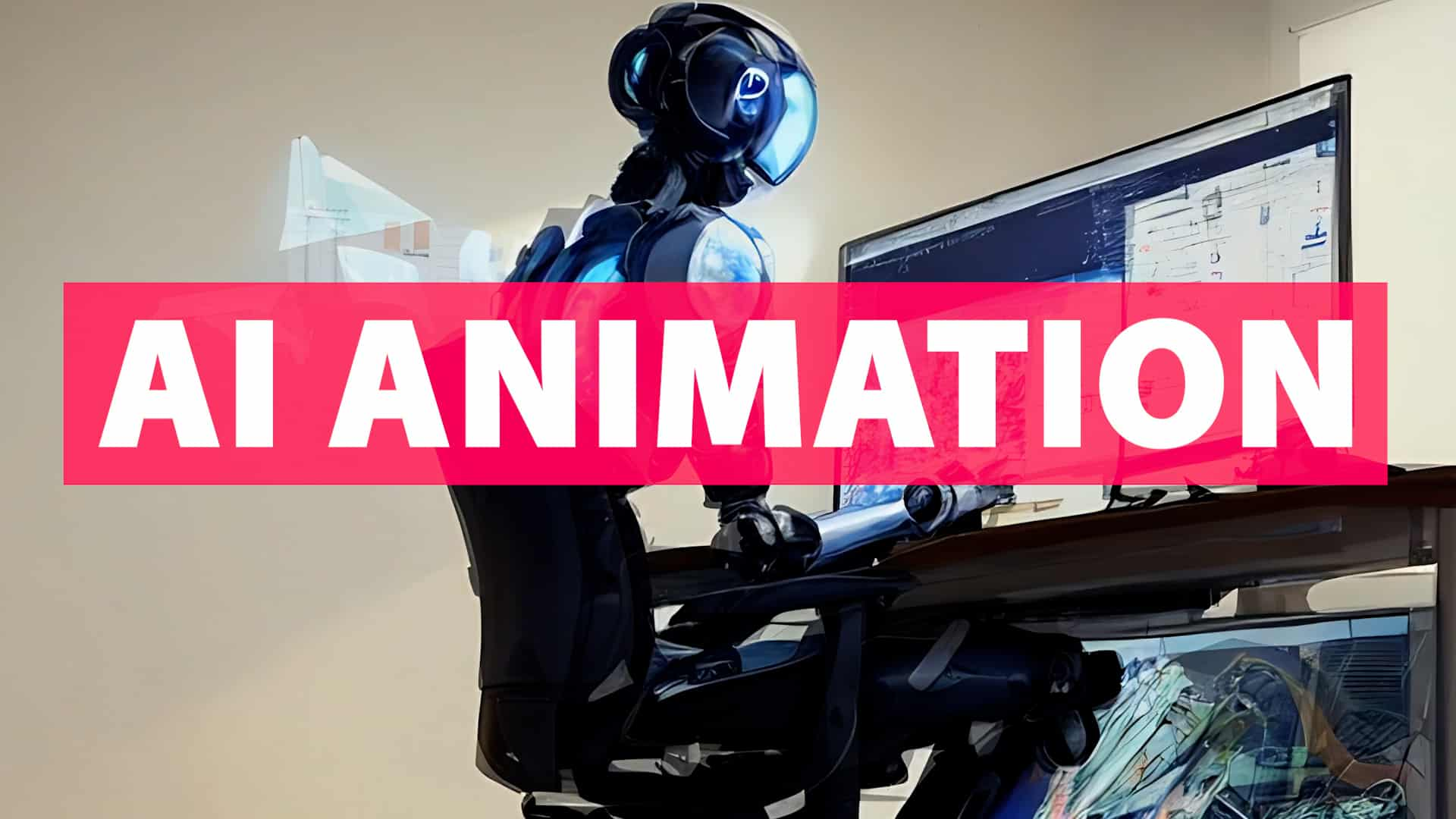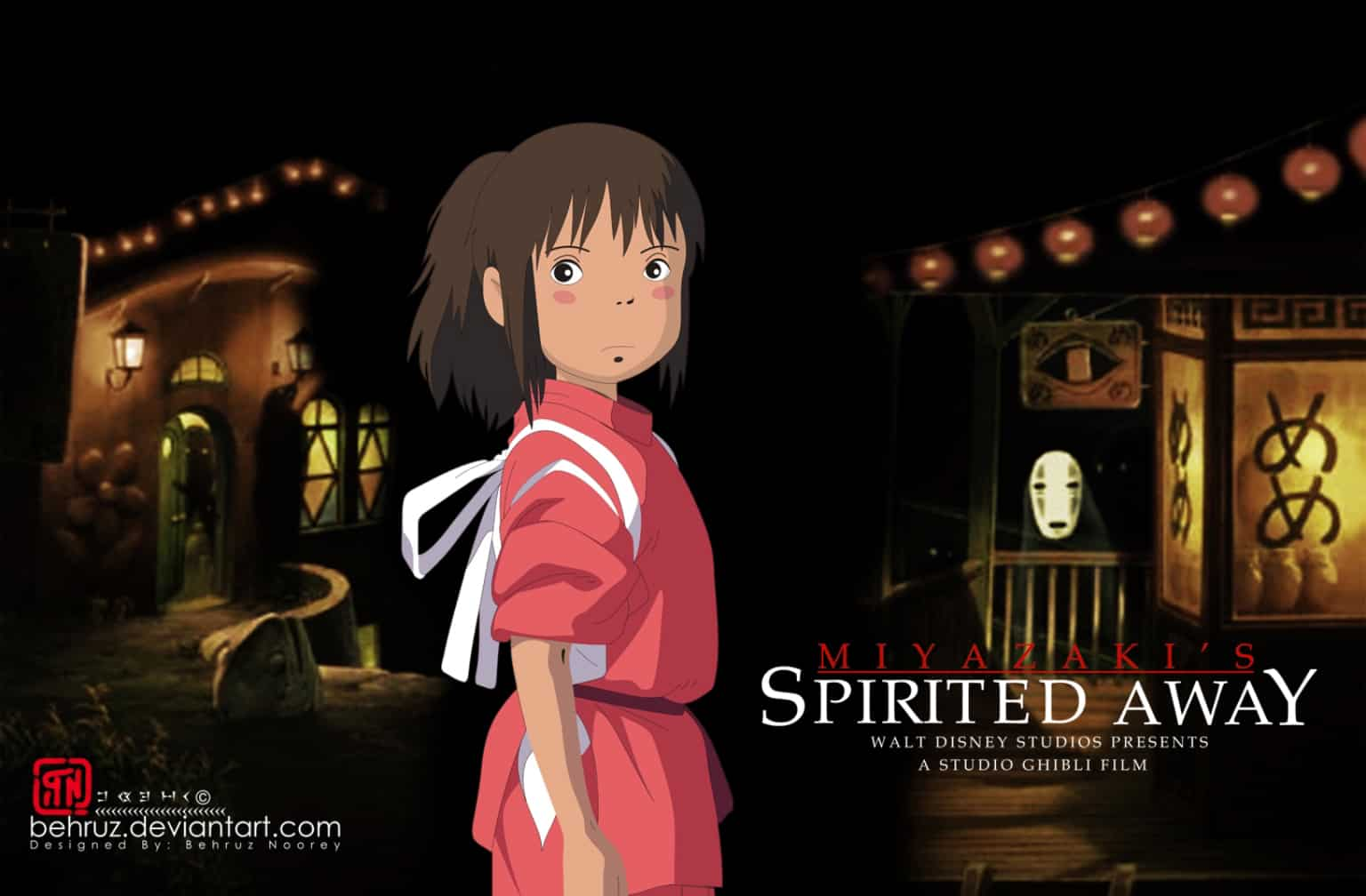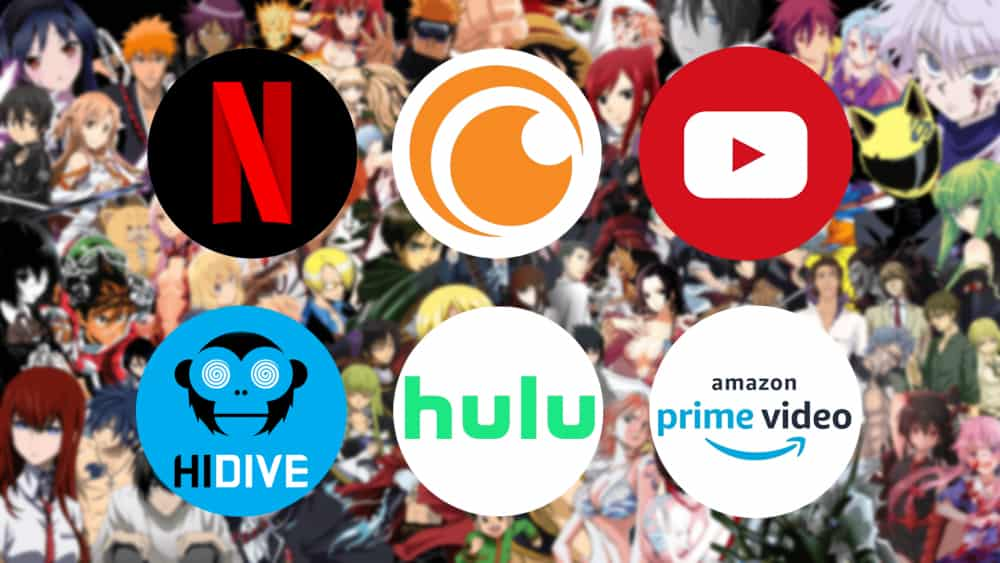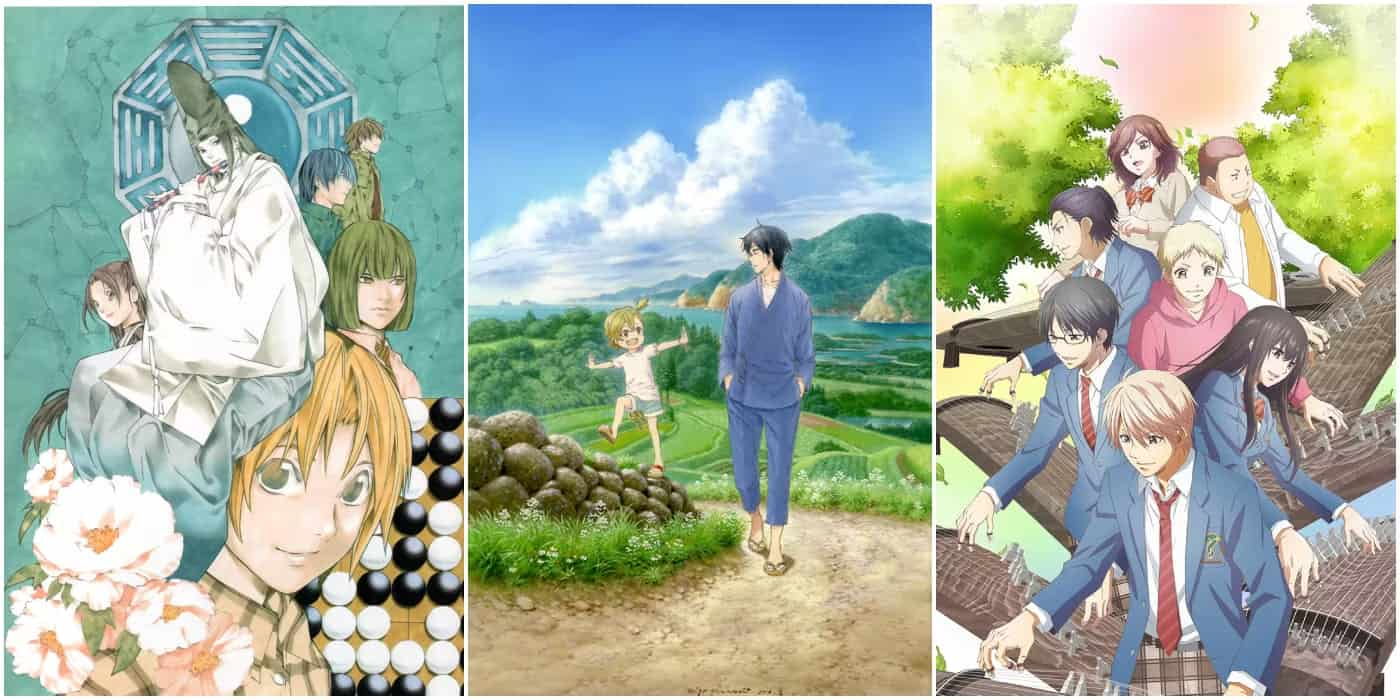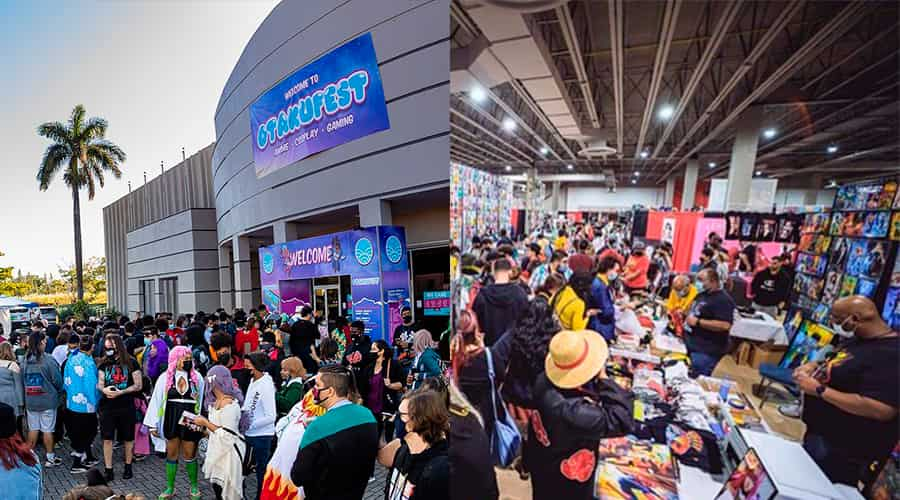Modern anime increasingly incorporates legitimate scientific principles spanning quantum mechanics, orbital dynamics, molecular biology, neuroscience, and medical science. Series like Dr. Stone, Cells at Work!, Steins;Gate, Planetes, and Ghost in the Shell balance creative […]
Anime Soundtracks That Deserve More Recognition: Hidden Musical Gems
While iconic anime composers like Joe Hisaishi and Yoko Kanno dominate recognition, a wealth of exceptional soundtracks remain overshadowed despite exceptional musicianship and innovative approaches to composition. Series […]
Female Protagonists in Anime: How Women Are Redefining the Medium
Female protagonists are fundamentally reshaping anime storytelling in 2024-2025, driven by a shift toward more complex, multidimensional characters who are defined by competence and agency rather than romantic […]
The Economics of Anime: Why Production Costs Are Rising and What It Means for Fans
Despite record-breaking revenues and global popularity, anime production costs are surging due to workforce shortages, complex art styles, longer production schedules, and structural labor issues. These challenges result […]
The Best Anime Movies of All Time: A Cinematic Journey Through Japanese Animation
Japanese anime cinema has established itself as a powerful artistic medium, blending stunning hand-drawn animation with profound storytelling that resonates across cultural boundaries. This comprehensive guide explores the […]
CODA Demands OpenAI Stop Using Japanese Copyrighted Content to Train Its AI Models
The Japan’s Content Overseas Distribution Association (CODA) has issued a strong warning to OpenAI, demanding that the company immediately stop using copyrighted material from Japanese publishers and studios […]
How to Watch Anime Legally: The Best Platforms for Every Budget
Choosing where to legally watch anime in 2025 requires understanding the distinct advantages and limitations of each platform, each tailored to different viewing habits, budgets, and content preferences. The […]
Cultural Themes in Anime: What Japan Teaches Us Through Animation
Anime functions as far more than entertainment—it operates as a sophisticated cultural mirror reflecting Japan’s deepest philosophical traditions, spiritual worldviews, contemporary social pressures, and fundamental values accumulated across […]
The Rise of AI in Anime Production: Opportunities and Risks
Artificial intelligence has transitioned from theoretical future technology to active production tool within the anime industry, creating unprecedented opportunities to address labor crises while simultaneously generating profound ethical, […]
How Anime Influences Western Animation and Pop Culture
Anime’s transformation from niche Japanese entertainment into a dominant force shaping global pop culture represents one of the most significant cultural shifts of the 21st century. What began in […]


